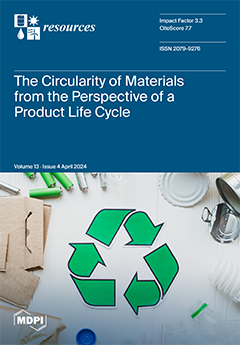Open AccessArticle
Risks to Human Health from the Consumption of Water from Aquifers in Gold Mining Areas in the Coastal Region of Ecuador
by
Irene Passarelli, Demmy Mora-Silva, Carla Arguello Guadalupe, Thalía Carrillo Arteaga, Rogelio Ureta Valdez, Luz María Orna Puente, María Gabriela Tobar Ruiz, Guicela Ati-Cutiupala, Marcelo Sanchez-Salazar, Salvatore Straface and Carlos Mestanza-Ramón
Cited by 3 | Viewed by 4636
Abstract
Artisanal and Small-scale Gold Mining (ASGM) is a source of supply in many areas of the world, especially in developing countries. This is often carried out illegally using toxic substances such as mercury. Mercury, due to its chemical–physical properties and the transport factors
[...] Read more.
Artisanal and Small-scale Gold Mining (ASGM) is a source of supply in many areas of the world, especially in developing countries. This is often carried out illegally using toxic substances such as mercury. Mercury, due to its chemical–physical properties and the transport factors involved between the different environmental matrices, can percolate through soil and from surface water to groundwater. The objective of this study was to conduct a human health risk assessment. For this purpose, a screening of mercury concentrations was carried out, collecting 67 water samples at selected points, and a risk assessment was performed applying both a deterministic and a probabilistic approach. A deterministic approach is a specific analysis based on determining the values of the risk quotient (HQ) and the risk index (HI) for each receptor category (adults and children) and scenario (residential and recreational) considered; a probabilistic approach is based on stochastic simulation techniques and the evaluation of the statistical quantities. There was found to be a discrepancy between the results provided by the two approaches, with the deterministic approach suggesting a more worrisome picture. However, in general, the results showed a greater exposure in the provinces of El Oro and Esmeraldas, and a greater vulnerability of child receptors.
Full article
►▼
Show Figures





